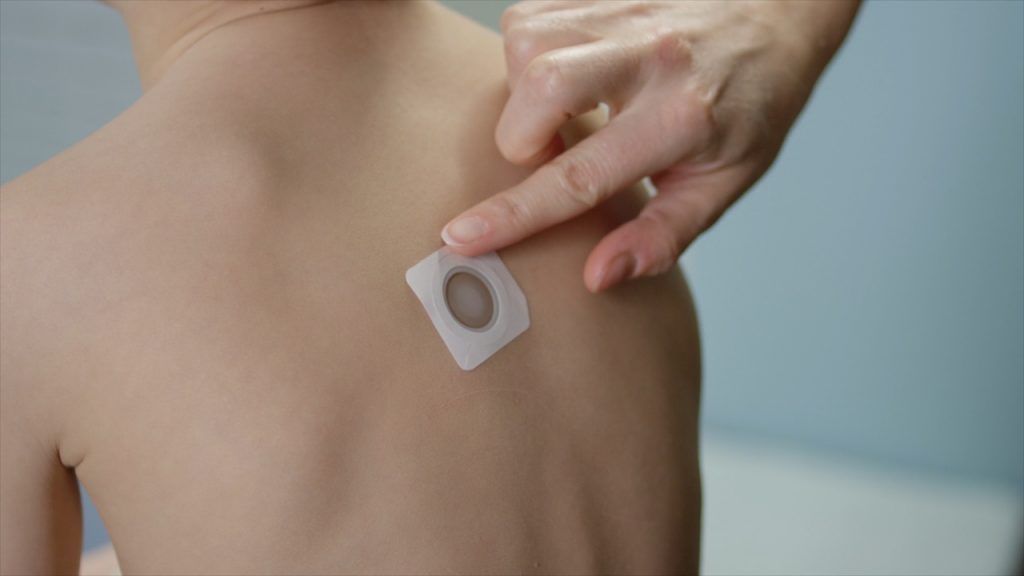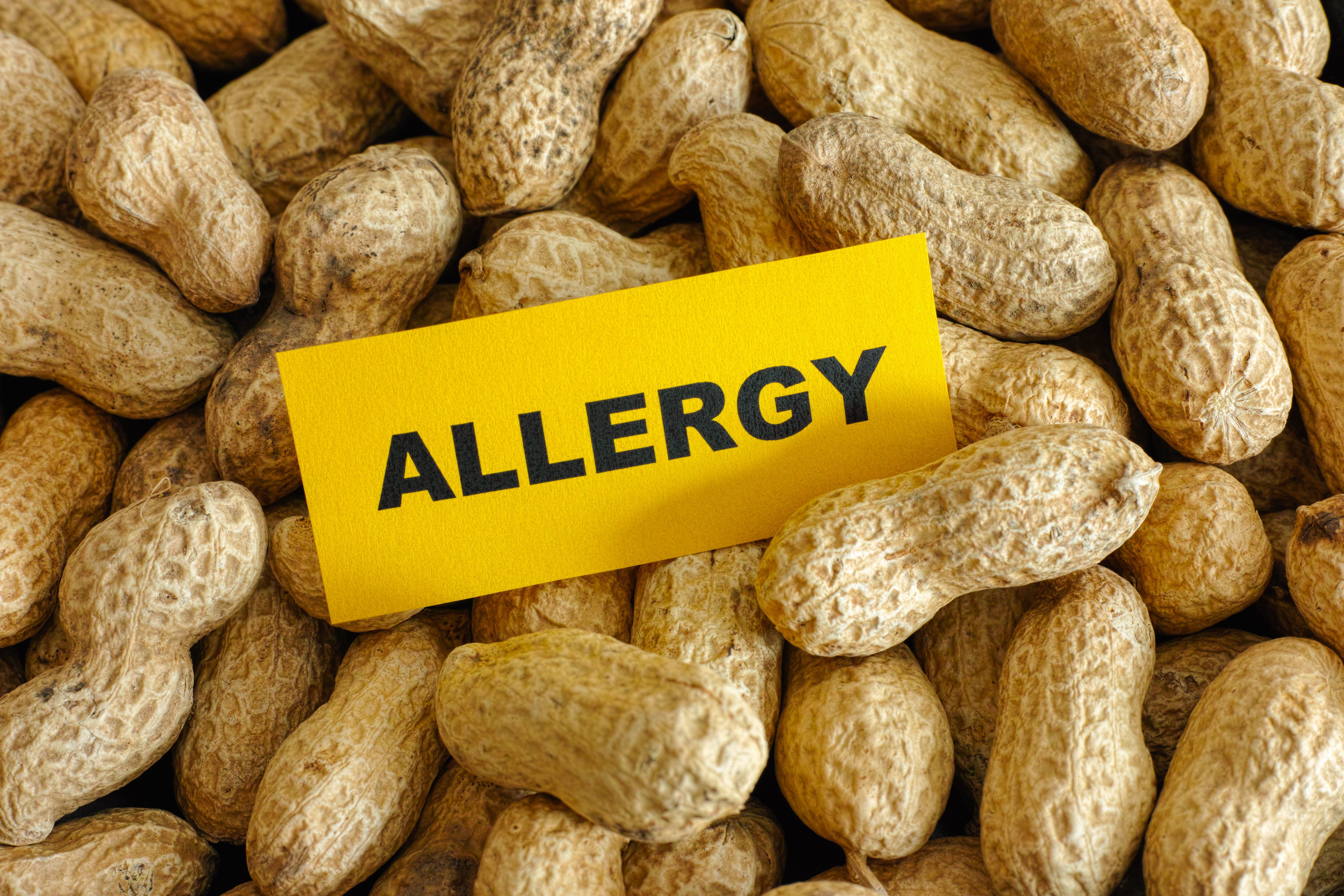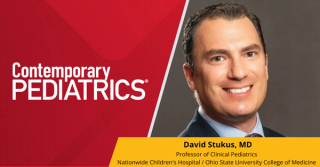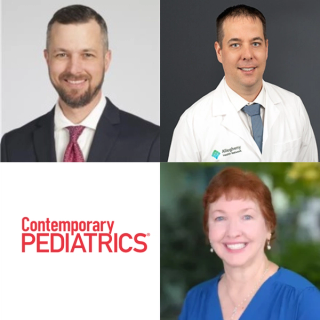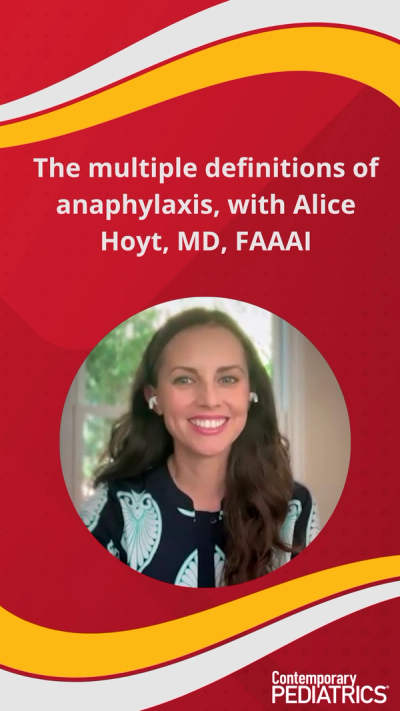
Allergy, Immunology, and ENT
Latest News
Latest Videos

Shorts
Podcasts
CME Content
More News

The clinical report replaces a 2010 report, as food allergy impacts up to 10% of children, with anaphylaxis estimated to occur in 1 in 15 schools per year.
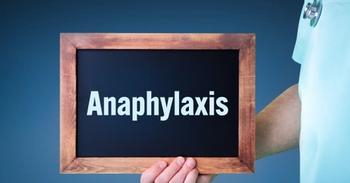
Real-world evidence supports neffy as comparable to epinephrine injection in anaphylaxis care.

Study links early childhood eczema timing to risk of allergies like food allergy, asthma, and rhinitis, with five distinct disease phenotypes identified.

Though the original target action date was not met by the FDA, KalVista's sebetralstat is now approved to treat HAE in patients 12 years and older.

The federal agency has assigned a target action date of January 31, 2026, for a decision.

Prescriptions for the epinephrine nasal spray are now available for patients aged 4 years and up who weigh 33 to < 66 lbs.

The study involved 88 pediatric patients, with 12.5% showing positive intradermal test results and 1.1% positive subcutaneous provocation.

In 3 studies evaluating the effects of probiotics on eczema, probiotics groups reported a greater reduction in symptoms than placebo groups, but only when the allergy was IgE mediated.
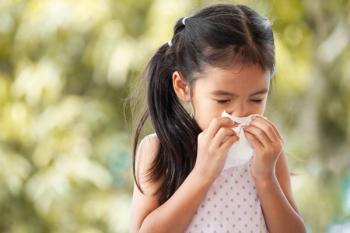
Allergies can significantly impair daily activities, school performance, and psychological well-being.
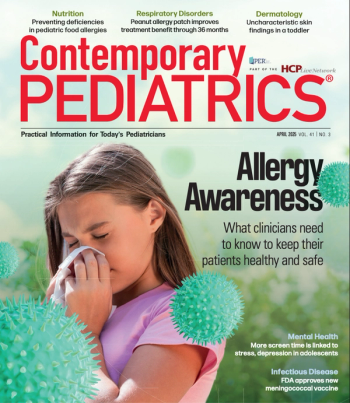
Editor-in-chief Tina Tan, MD, FAAP, FIDSA, FPIDS, highlights the April, 2025, issue of Contemporary Pediatrics, with a special focus on pediatric allergy awareness.

View our Q1 2025 recap of standout pediatric news from FDA regulatory updates, clinical trial results, and expert commentary.
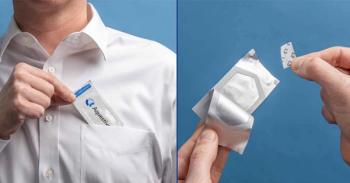
Aquestive Therapeutics reports positive pediatric study results for Anaphylm, supporting its FDA submission for treating severe allergic reactions.

A look back at the FDA submissions and regulatory decisions in the pediatric health care space from March 2025.

A new clinical trial has found that omalizumab (Xolair; Genetech, Novartis) is more effective than oral immunotherapy (OIT) in treating multi-food allergy in individuals with severe allergic reactions to small amounts of common food allergens.
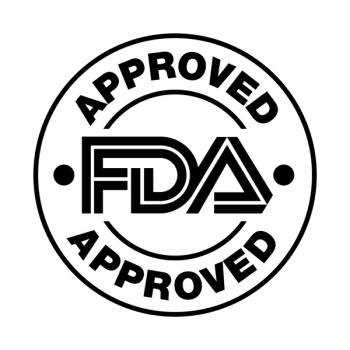
The newly-approved indication is for children aged 4 years and older who weigh 33 < 66 lbs, expanding on the August 9, 2024 approval in children at least 66 lbs.
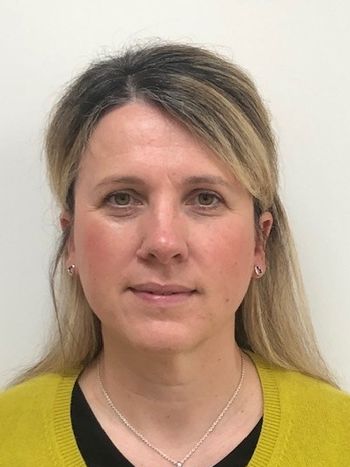
According to data presented at AAAAI, berotralstat demonstrated a well tolerated safety profile and early and sustained reductions in monthly HAE attacks among patients aged 2 to under 12 years.

In this Q+A interview, Matthew Greenhawt, MD, breaks down a poster presentation from AAAAI / WAO joint congress meeting, highlighting increasing EoE incidence and prevalence.

Get caught up with Contemporary Pediatrics! This list helps you navigate our top stories from the week, all in one place.

The expanded indication now includes children aged 5 through 11 years, in addition to patients aged 12 to 65 years.

Palforzia [Peanut (Arachis hypogaea) Allergen Powder-dnfp] has now launched in the US for children aged 1 through 3 years with a confirmed diagnosis of peanut allergy.
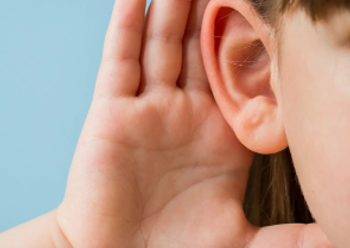
Updated data from the phase 1/2 CHORD trial in 12 children with profound genetic hearing loss were presented at the Association for Research in Otolaryngology’s 48th Annual MidWinter Meeting.

A recap of the FDA submissions and regulatory decisions in pediatrics from January 2025.

Eligible schools have the opportunity to receive 2 cartons of epinephrine nasal spray for use in emergency situations to treat type I allergic reactions, including anaphylaxis.
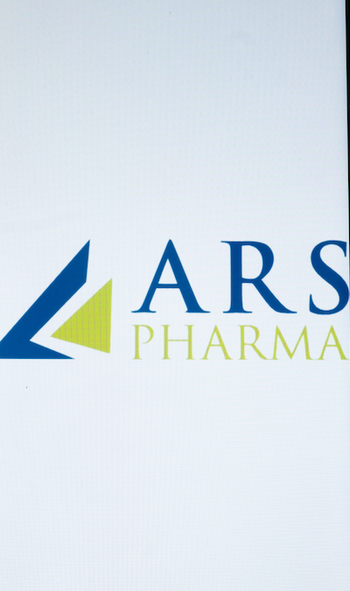
Neffy was first approved in September 2024 to treat type 1 allergic reactions in patients who weigh at least 66 lbs (33 kg).

In an open-label extension of the EPITOPE phase 3 trial, the Viaskin Peanut patch had continued improvement in toddlers aged 1-3 years through 36 months.


